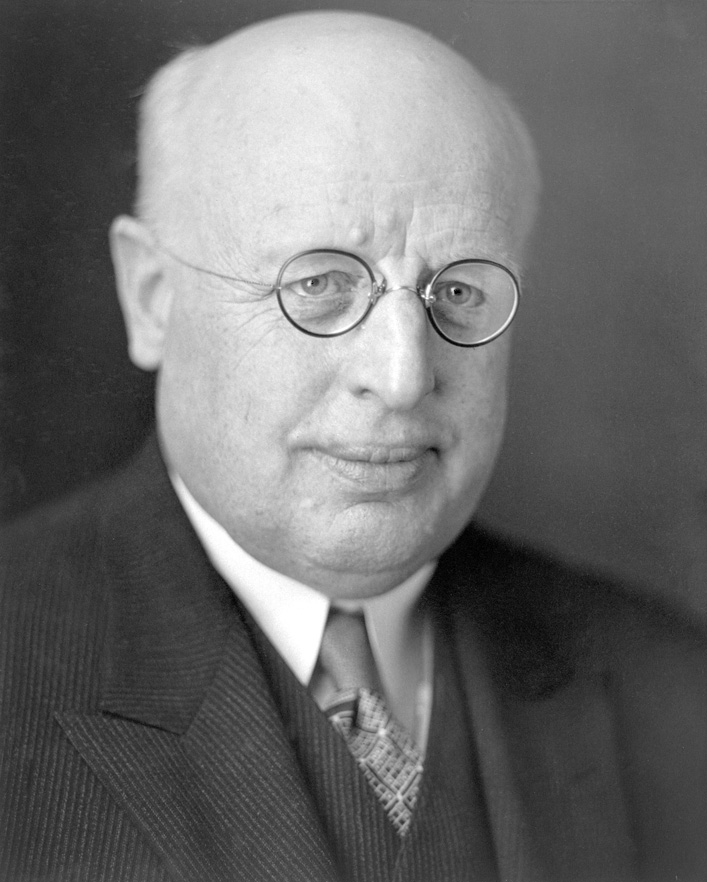Hyndman Papers: Excerpts from Old Budget Speeches (Part 2)
Updated 16 December 2020
In this remarkable and lengthy undated memorandum from Jim Dinning, a future Treasurer and candidate for the premiership of Alberta, to Lou Hyndman, Dinning highlights some historical issues which still confound Alberta finances to this day. (The italics are Dinning classification of issues for Treasurer Hyndman.)
Central to preparing a budget in the 1980s was the reliability of non-renewable resource revenue. Back in the 1930s, 1940s, and 1950s natural resource revenue was also front of mind. The growing dependence on resource revenue was underlined in Ernest Manning's 1950 budget.
A dilemma for provincial treasurers then, in 1980, and today is the balancing of pressures for spending, the proper stewardship of resource revenue, and the need to contain "insatiab...




